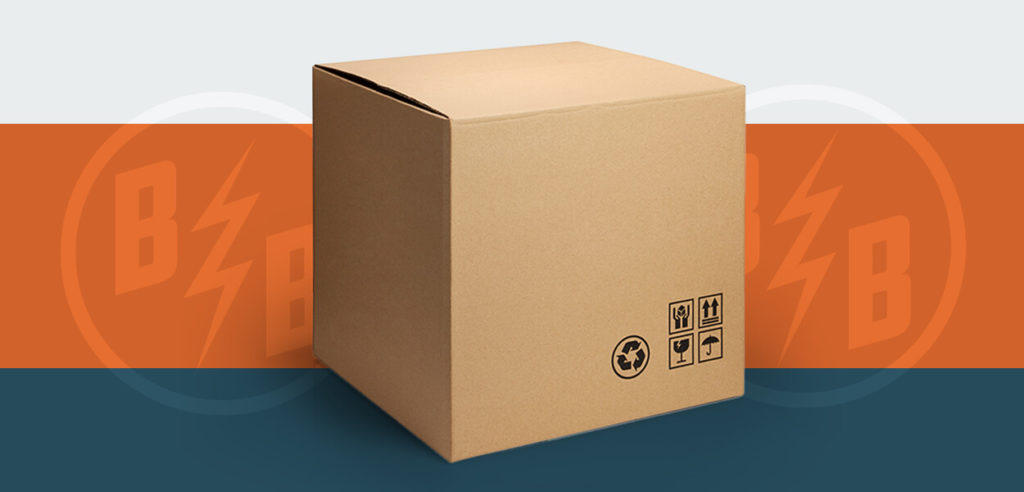
Discussions around sustainability are not going away anytime soon. As the government continues addressing environmental issues and passing more laws and policies, it is crucial for your business to follow sustainability standards.
Reducing your business’ waste is vital for the environment and an essential step in satisfying your customers. Increasingly, consumers choose to purchase from and support brands that align with their values and beliefs. If your packaging is not sustainable, customers may take their business to a competitor who does offer eco-friendly packaging.
However, you don’t have to drastically change all of your business practices. You can start by making small changes, like using biodegradable materials or promoting recycling within the workplace.
Packaging waste, as defined by the United States Environmental Protection Agency (EPA), comes from consumers discarding packaging within the same year they purchased the product inside. In 2018, the EPA reported packaging waste amounted to 82.2 million tons, which made up over 28% of all generated waste for the year.
Packaging waste, especially plastic packaging waste, contributes to issues such as climate change, water contamination, landfill accumulation and harming ecosystems. Waste also negatively impacts human health, wildlife and air quality. Plastic is burned to make room for more waste in landfills, releasing toxic pollutants into the air.
Clearly, reducing waste is important for the environment, but it is also beneficial for your company. Making conscious efforts to minimize your business’ waste saves you money and can appeal to consumers. According to one survey, 69% of respondents reported that a product’s impact on the environment affects their purchasing decision. Additionally, consumers reported they believe businesses have a similar level of responsibility as governments to create environmental change.

Consider the following three strategies for reducing waste from product packaging:
You may be surprised at how many recyclable materials get thrown away each day, and your business is no exception. Do you currently have recycling policies or protocols in place? Are your employees aware of how they can recycle in the workplace? Read some tips below to encourage recycling within your business.
When implementing or updating your recycling protocols, make sure to have all the information available in writing for employees. Send out a company-wide newsletter or email and make informational posters to hang up so all employees are aware of the policies and can refer to them if they have any questions.
However, having a recycling policy won’t mean much if you don’t ensure it is properly implemented. Make sure recycling bins and paper shredders are present in the workplace. Also, consider how you could use shredded materials as an alternative to harmful packing materials like styrofoam packing peanuts.
Your employees work with these packaging materials every day, so encourage them to speak up if they have any suggestions on new ways to improve the recycling protocols.
Some experts even report that businesses that value sustainability see an increase in motivation from employees. It is believed that employees who work at environmentally conscious companies feel a greater sense of purpose and therefore feel more motivated.
Of course, you want your packaging to look good and keep your products safe, but some elements of your packaging may be unnecessary. Look at your current packaging to see if all parts of the packaging are absolutely necessary to keep your product safe.
Minimizing your packaging does not mean your designs have to be boring. You can design simple packages that are still visually appealing and protective while not using extra unneeded materials. Doing so helps the planet and your production costs. The less packaging required for each item, the fewer materials need to be purchased, the less energy is needed to manufacture it, and the less fuel is required to transport it.
As mentioned before, consumers are also considering a business’s sustainability efforts during their buying journey. If your product contains a lot of packaging waste, a customer who values sustainability may develop negative feelings for your brand. If an element of packaging does not provide a direct purpose, that is a good indicator that it may be worthwhile to remove it.
Do you know what your packaging is made of? If you need a refresh, take a look and see if there is an opportunity for you to switch to more sustainable packaging.
Examples of sustainable materials for packaging include:
Other eco-friendly packaging alternatives include biodegradable packing peanuts, corrugated bubble wrap, air pillows made of recycled materials, mushroom packaging and seaweed packaging.
It is also important to note that consumers across all generations have reported they are willing to spend more on sustainable products. More specifically, nearly 90% of Generation X consumers are willing to pay around 10% more if it means the product is sustainable. Keep this in mind when reviewing costs to switch to more sustainable materials.
At Bolt Boxes, we help you create beautiful packaging that is also environmentally friendly. Our 100% recyclable Kraft boxes are made out of 60-95% post-consumer waste. Our packages are also custom-made to fit your product(s), so you can cut down on waste and only use the materials you truly need.
Our expert team members are here to help you design the perfect box for your shipping needs. Get started by filling out our request form, or create your own customized corrugated boxes today!